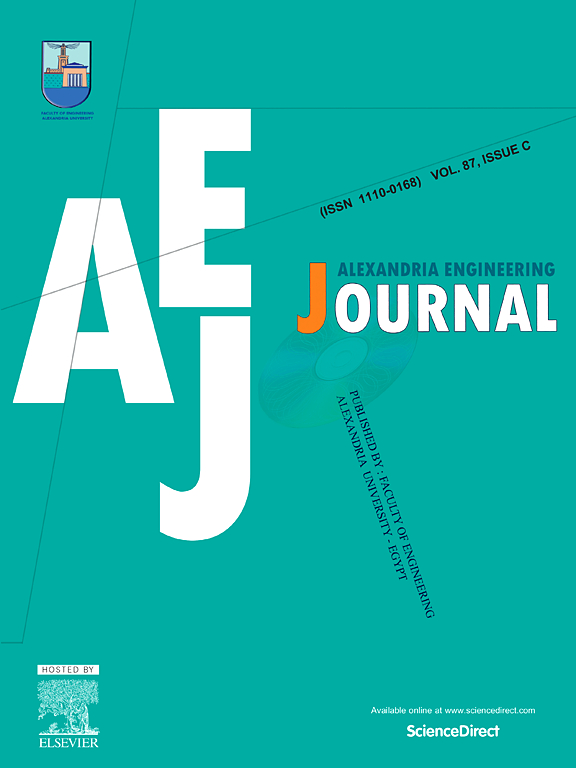Optimized design of a fault-tolerant 12-slot/10-pole six-phase surface permanent magnet motor with asymmetrical winding configuration for electric vehicles
IF 6.2
2区 工程技术
Q1 ENGINEERING, MULTIDISCIPLINARY
引用次数: 0
Abstract
This paper presents a comprehensive methodology for optimizing the design of a 12-slot/10-pole permanent magnet (PM) motor with a six-phase winding configuration tailored for electric vehicles (EVs). The design aims to enhance motor performance under both healthy and fault conditions. While the single neutral configuration offers superior torque during faults, it also introduces zero sequence currents and additional space harmonics, which can lead to increased torque ripple that is difficult to control. This study addresses these challenges through innovative machine design optimization. The optimization process begins with sizing equations to establish an initial design. K-means clustering techniques are then employed to identify distinct loading points that accurately represent the full EV driving cycle, effectively minimizing computational power requirements. Following this, the Full Range Minimum Loss (FRML) strategy is applied to determine optimal current profiles across these loading points, significantly reducing copper losses. Finally, a multi-objective optimization approach is utilized to minimize torque ripple, enhance average torque, and optimize machine losses. The results demonstrate substantial improvements in torque and reduced ripple, validated through experiments conducted with a 2 kW lab-scale motor. This integrated approach not only ensures a robust and efficient motor design but also enhances fault tolerance, making it well-suited for advanced EV applications.
用于电动汽车的具有非对称绕组配置的 12 槽/10 极六相表面永磁电机的容错优化设计
本文介绍了一种全面的方法,用于优化为电动汽车(EV)量身定制的六相绕组配置的 12 槽/10 极永磁(PM)电机的设计。该设计旨在提高电机在健康和故障条件下的性能。虽然单中性线配置可在故障时提供出色的转矩,但也会引入零序电流和额外的空间谐波,从而导致转矩纹波增大,难以控制。本研究通过创新的机器优化设计来应对这些挑战。优化过程从确定初始设计的尺寸方程开始。然后采用 K 均值聚类技术来确定不同的加载点,这些加载点准确地代表了整个电动汽车驾驶周期,从而有效地将计算能力要求降至最低。随后,应用全范围最小损耗 (FRML) 策略确定这些负载点的最佳电流曲线,从而显著降低铜损耗。最后,采用多目标优化方法来最小化扭矩纹波、提高平均扭矩并优化机器损耗。实验结果表明,通过对 2 千瓦实验室规模的电机进行实验验证,转矩和纹波都得到了大幅改善。这种集成方法不仅能确保电机设计稳健高效,还能提高容错能力,因此非常适合先进的电动汽车应用。
本文章由计算机程序翻译,如有差异,请以英文原文为准。
求助全文
约1分钟内获得全文
求助全文
来源期刊

alexandria engineering journal
Engineering-General Engineering
CiteScore
11.20
自引率
4.40%
发文量
1015
审稿时长
43 days
期刊介绍:
Alexandria Engineering Journal is an international journal devoted to publishing high quality papers in the field of engineering and applied science. Alexandria Engineering Journal is cited in the Engineering Information Services (EIS) and the Chemical Abstracts (CA). The papers published in Alexandria Engineering Journal are grouped into five sections, according to the following classification:
• Mechanical, Production, Marine and Textile Engineering
• Electrical Engineering, Computer Science and Nuclear Engineering
• Civil and Architecture Engineering
• Chemical Engineering and Applied Sciences
• Environmental Engineering
 求助内容:
求助内容: 应助结果提醒方式:
应助结果提醒方式:


